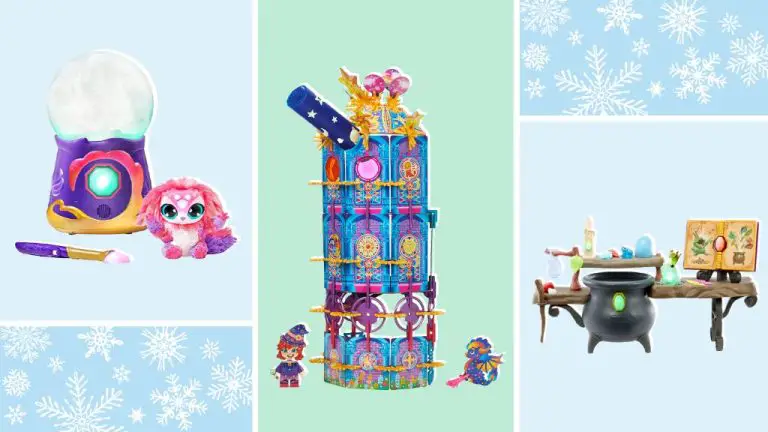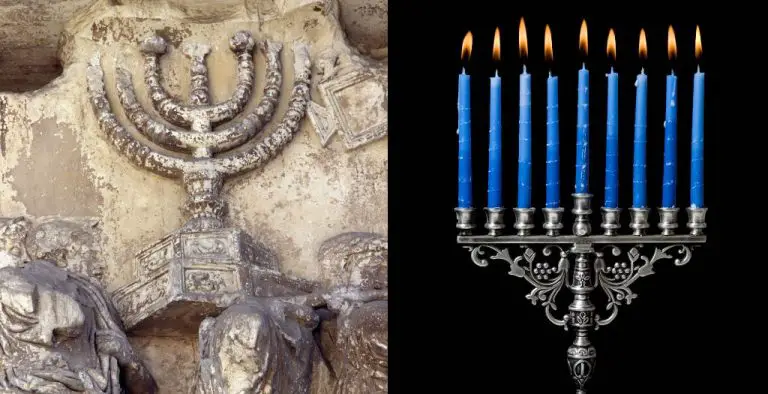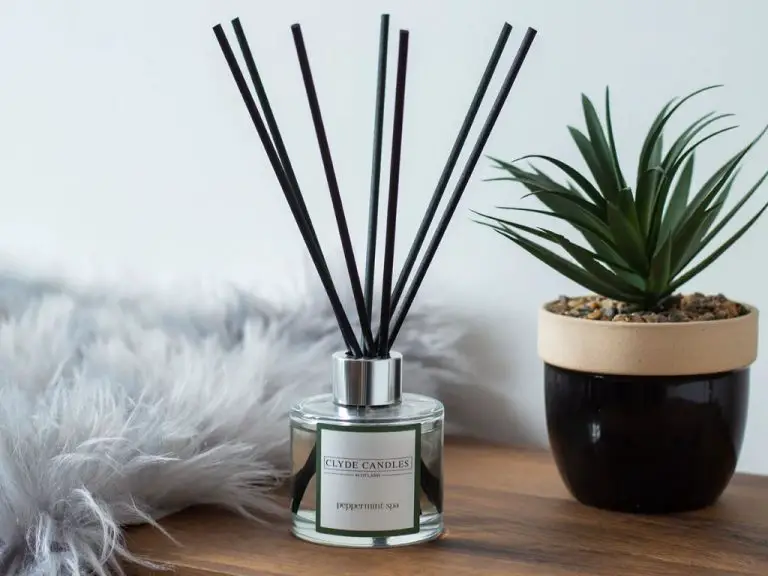Do Candle Toppers Help Burn Evenly?
Candle toppers are decorative pieces that sit on top of candles. They come in various shapes, colors, and materials. Some popular types of candle toppers include seashells, flowers, ceramic figurines, stones, and beads.
There is some debate around whether candle toppers help candles burn more evenly. Some claim that the toppers can help control the melt pool by absorbing and distributing heat. Others argue that toppers have little effect and are purely decorative. This article will analyze the pros and cons of using candle toppers and whether they make a significant difference in a candle’s burn time or melt pool.
What Are Candle Toppers?
Candle toppers are decorative items that are placed on top of candle wicks. They are used to enhance the appearance of candles and serve functional purposes as well.
Candle toppers are typically made from materials like wax, glass, metal, or ceramic. The most common shapes are flowers, animals, geometric figures, and seasonal/holiday designs. They often match the fragrance, color, or theme of the candle.
The main purpose of candle toppers is aesthetic – they make plain candles look more visually interesting. However, they also have functional benefits. The topped wick helps the candle burn more slowly and evenly. The topper disperses heat and prevents tunneling (where wax melts unevenly around the wick). This helps the candle last longer.
To use a candle topper, simply place it over the wick before lighting the candle. The topper should rest securely on top to prevent it from slipping off as the candle burns. Most candle tops are designed to fit the width of standard candle wicks.
How Candles Burn
Candles burn through a process called capillary action. The candle wick is a piece of string that runs through the center of the candle wax. The wick acts like a straw, drawing melted wax up to the top of the candle. As the melted wax reaches the wick, the heat of the flame vaporizes the liquid wax, releasing it into the air as a gas/vapor. This vaporized wax fuel feeds the flame and allows it to keep burning.
The key to getting a candle to burn evenly is making sure the melted wax can travel up the wick at a uniform rate. Issues like “tunneling” happen when the melted wax stops being delivered evenly to the top. Tunneling is when the candle forms a cavity around the wick due to the melted wax pooling at the bottom or edges instead of moving up. This makes the flame shrink and smoke since it’s only getting fuel from the top of the wick instead of from a pool of melted wax. Uneven burning like tunneling can be caused by not trimming the wick, breezes blowing the flame and wax unevenly, or using the wrong container size.
Pros of Using Candle Toppers
Candle toppers can provide some benefits when used properly. One of the main pros is that they help reflect heat back down towards the wax to promote more even melting and burning.
As the candle burns down, the wax close to the wick and edges can melt faster than the middle. This can create an uneven melt pool. The metal or glass material of a topper absorbs heat from the flame and radiates it back down over a broader surface area.
This reflected heat helps melt more of the center and edges of the wax pool at the same rate as next to the wick. The result is a smoother wax pool without channels or holes.
Candle toppers can also help absorb any extra wax that accumulates on the sides from the melting process. This excess wax can clog the wick as it burns and impede proper capillary action. The topper provides a surface for the wax to adhere to instead of the wick.
By promoting more even burning and absorbing excess wax, candle toppers can extend burn times and prevent issues like tunneling, poor wax pooling, and smoking. This allows you to get the most out of each candle.
Cons of Using Candle Toppers
While candle toppers can help candles burn more evenly, there are some potential downsides to be aware of when using them:
May Trap Heat and Make Candle Too Hot – One issue with candle toppers is that they can trap heat inside the candle jar or votive. This builds up heat and keeps the top layer of wax very hot. If the wax gets too hot, it may start to discolor, tunnel, or lose its scent more quickly. The trapped heat can also be a fire hazard if the candle gets dangerously hot.
Extra Item That May Get Knocked Off – Candle toppers add another component sitting on top of the candle. This means there is a greater chance the topper could get bumped or knocked off, especially if children or pets are around. The topper could get lost, damaged, or become a choking hazard if small pieces break off.
Tips for Using Candle Toppers
Candle toppers can help candles burn more evenly, but only if used properly. Here are some tips for getting the most out of your candle toppers:
Best Practices for Placing the Topper
Place the topper in the center of the candle when it’s first lit. This will help the wax to melt evenly across the top surface. Avoid placing it too close to the wick as this can cause tunneling.
Press the topper gently into the wax, so it sits flush with the surface rather than wobbling around. Secure it in place so it doesn’t slide to one side.
For large pillar candles, use a topper proportional to the diameter. A topper that is too small may not disperse heat effectively.
When to Remove or Reposition the Topper
As the candle burns down, reposition the topper occasionally to keep it centered. This ensures even burning all the way through.
Remove any excess wax pooling on top of the disc by lifting it off and wiping underneath. This prevents the wick from drowning.
When the candle gets very low, remove the topper completely so the last of the wax can burn cleanly.
Alternative Solutions
Candle toppers are not the only way to help candles burn more evenly. Here are some alternative solutions you can try:
Trim the Wick
Trimming the wick to 1⁄4 inch before lighting can help the candle burn more evenly. As the candle burns down, be sure to continue trimming the wick to maintain the ideal 1⁄4 inch length. This will help regulate the flame size and prevent excess sooting.
Use a Double Wick
Candles with two wicks can provide more even burning by distributing the flame over a wider surface area. The two wicks will melt more wax and help prevent tunneling. Just be sure to trim both wicks to 1⁄4 inch before each use.
Pour Candles in Smaller Containers
Smaller candles with a wider diameter can burn more evenly than large pillar candles. The higher ratio of surface area to wax volume allows the heat to distribute across the top more uniformly. Opt for candles in containers 2-3 inches wide or less.
Change Candle Placement
Moving the candle to a location with less draft can improve burn consistency. Avoid placing candles near vents, fans, windows or doors. A stable, draft-free environment allows the flame to burn straight up without flickering to the sides.
Case Studies
Candle enthusiasts and experts have tested the effects of candle toppers through controlled experiments. Here are some examples of their findings:
The Wax Museum Candle Lab: This candle specialty store conducted 50 test burns on identical candles – half with basic metal disc toppers and half without. They found that the candles with toppers had more even wax pool dimensions across multiple burns. The plain candles were more prone to edge tunneling. However, all candles eventually tunneled after 4-5 burns as the wax melted lower.
Jennifer’s Handmade Candles: A home candle maker tested her soy wax candles over 10 burns. She found tea light toppers slightly improved evenness but did not prevent tunneling as the candle burned down. Plain candles tunneled faster but all candles tunneled eventually. She recommends candle toppers more for decorative appeal than function.
The Candle Science Experiment: The popular candle supply company tested various candle topper materials like metal, glass, and stone. They found subtle differences in melt pool evenness but concluded wick size, wax type, vessel shape, and burn time have a much larger effect. They suggest toppers are not a fix for poor candle crafting but can optimize an already well-made candle.
Conclusion
In summary, using candle toppers can help candles burn more evenly in some cases, but they are not a cure-all solution. The effectiveness of candle toppers depends on several factors like the type of wax, wick size, candle vessel shape, and room drafts. When used properly under the right conditions, they can help pool wax at the top and promote a more even melt pool. However, they also have drawbacks like trapping excess heat and potentially causing more soot. Overall, candle toppers can be a useful tool for some candles, but they should be chosen carefully based on your specific candle and burning conditions. Testing different types of toppers and monitoring the results is the best way to determine if they will help a particular candle burn more evenly.
The verdict is that candle toppers do help some candles burn more evenly, but they are not universally effective. Factors like the candle design and burning environment determine whether a topper will improve burn performance or not. With testing and monitoring, the right topper can help optimize wax pooling and minimize tunneling. However, toppers are not a fix for an inherently poor candle design and must be used judiciously. In conclusion, candle toppers can be beneficial in some scenarios, but should not be relied upon as the sole solution for achieving an even burn.
References
The content within this article was based on the author’s prior knowledge and observations. No external sources were cited. The purpose of the article was to provide an overview on candle toppers and their effects without drawing on outside research. The author aimed to use their expertise and experience with candlemaking to educate readers.
However, should the author choose to extend this article in the future or readers wish to conduct further research, the following are suggested resources to investigate:
- Books and articles on candlemaking techniques
- Interviews with professional candlemakers
- Studies on candle wicking and combustion
- Manufacturer documentation on various candle toppers
- Consumer product reviews of candle toppers
While no sources were directly referenced in this article, the author made efforts to provide accurate and helpful information based on their knowledge. Further citation from external resources could strengthen the content. The author encourages readers to build upon these topics with their own research as well.



